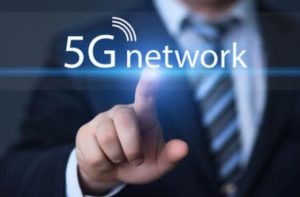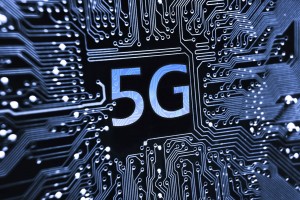5G Closer Than you think

From a technology standpoint, 2017 looks like it is going to be the start of another revolution. In 1991, many people thought mankind had reached the pinnacle of technology with the introduction of the mobile phone. But as we know now, that was only the tip of a very big iceberg.
With the introduction of the first widely available 1G network in 1991, the foundation was laid for making the Internet of Things (IoT) a reality. But first, we need wireless Internet network to get us there. That network is 5G.
What Is The Internet Of Things?
The IoT allows a car to talk to a parking ramp to determine if there are any parking spaces available, and it allows a streetlight to let the city’s works department know when a bulb is out. The goal that connectivity experts have is to create a world where everyone and everything can talk to each other about whatever they want or need to say. It will help to speed up commerce, advance medicine, and make the world a better place. But in order for the IoT to be a reality, the world needs 5G.
What Is 5G?
Right now, the world operates under a 4G network that allows communications to operate at speeds that are 10 times faster than the old 3G networks. In theory, 5G will expand the bandwidth and speed of 4G by 100 times. It will utilize radio frequencies and static signals to create a wireless network that will offer a capacity increase for data and communications by between 30 and 50 times larger than anything we have now. In short, 5G will enable the world and everything in it to be able to talk to each other in real time.
Didn’t We Just Get 4G?
MarketStrategies.com shows us that the appearance of 5g at this point in history is not unusual. A full 4G network was introduced around 2010, and a new network upgrade has been occurring every 10 years like clockwork. But 5G represents more than just an upgrade to the existing cellular network. It is a complete overhaul of the existing system that will use bandwidth that had previously been out of range for cell companies to utilize.
Another reason it is important to implement 5G as soon as possible is because the needs of the cellular communications industry are exceeding the abilities of the existing networks. Technology is advancing at a pace well beyond what mankind is used to, and 5G has to happen soon in order to meet the needs of a rapidly growing industry.
Companies like AT&T are a little more optimistic about the general availability than others. AT&T insists that 5G will be available in 2017, but that is only part of the truth. The implementation of 5G will begin in late 2016, but it will not be completed until 2020. Between 2016 and 2020, there will be sub-versions of the 4G network (4.25, 4.50, 4.75, etc.) that will lead up to the final 5G network.
Communications experts are expecting the 5G network to undergo a constant stream of updates and upgrades, so it is quite possible that we will not ever see a finished version of the 5G network. But it does look like your car will be talking on its own to the parking ramp at work by 2020.
Technology must keep evolving if it is going to meet the growing demands of mankind. The fully-operational 5G represents only the beginning of a world where man and machine may wind up living together in harmony. If you think about it, the whole idea sounds like an interesting science fiction movie. But the exciting part is that it is all going to become reality.

